Food is so much more than fuel—it’s one of the most powerful tools for health. As a licensed dietitian nutritionist, here’s my take on how culinary nutrition brings science to the stove and turns “should eat” lists into meals that truly change your health.
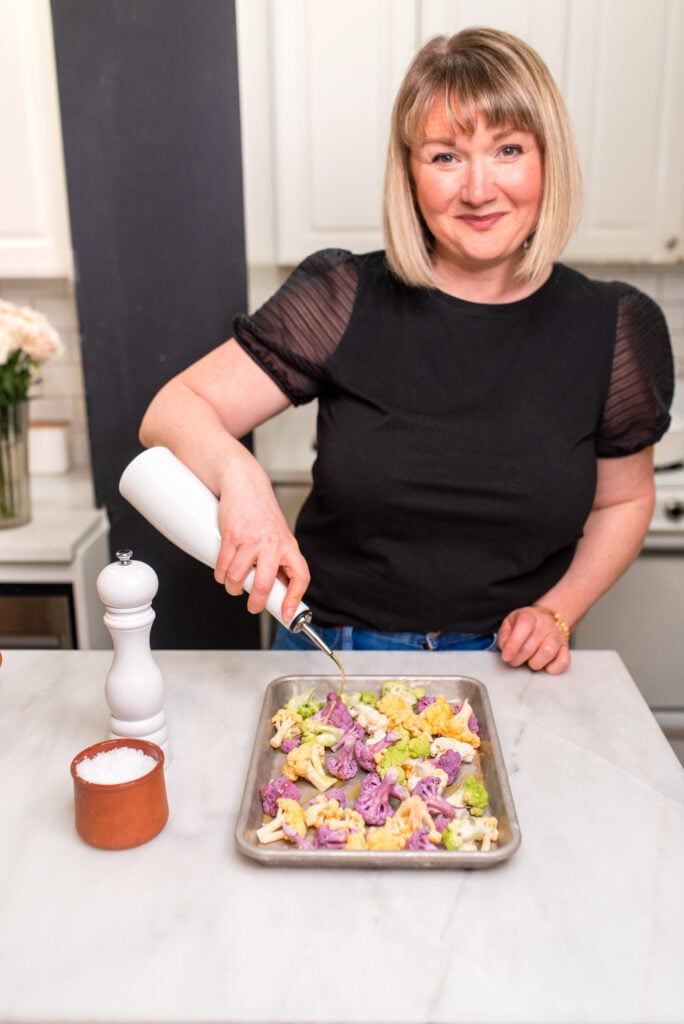
When people search for nutrition advice online, the questions usually sound like this:
- What should I eat to lower cholesterol?
- What foods help with hormones?
- What foods to eat for a gut reset?
- How can I eat healthier?
The answers often come as lists: “eat more oats,” “add turmeric,” “load up on leafy greens.” And while those foods are fantastic, let’s be honest—knowing the “what” rarely changes the way we actually eat (and in all fairness the questions above are SO NAUNCED, that no list will ever truly answer the problem).
But the real gap? The “how.” HOW do we eat the foods that will support our health goals?
As a licensed nutritionist, this is something I see in my clinical work every single day. Clients come to me with knowledge about nutrients or supplements, but struggle with the how—how to make those foods taste good, fit their lifestyle, and actually land on the table. (More about my background and credentials here → link)
That’s where culinary nutrition comes in.
What People Think Nutrition Is

For most people, nutrition gets boiled down to information. We read about nutrients, supplements, or superfoods and file that knowledge away for later. Maybe we even try a trendy ingredient once or twice. Maybe your pantry is crammed with chia seeds, collagen powder, turmeric bites, and maca—but you’re not quite sure why they’re there or how to use them. You read about them somewhere once, and now they just…sit.
Nutrition, in its most powerful form, isn’t about memorizing lists of foods. It’s not a pill, a powder, or even a single “superfood.”
Nutrition becomes real when it moves from theory to practice. When it leaves the page of an article and shows up on your dinner plate.
That bridge between nutrition science and what you’re actually cooking tonight—that’s what culinary nutrition is all about.
What Culinary Nutrition Really Means
Culinary nutrition doesn’t have a dictionary definition (yet), but here’s how I teach and practice it:
Culinary nutrition is the practice of turning nutrition science into real meals on your table.
It’s not just about knowing that oats lower cholesterol, or that cruciferous vegetables help reduce cancer risk. It’s about making those foods a regular part of your life in ways that taste good, fit your preferences, and actually get eaten.
In other words, culinary nutrition is:
- The “how.” Not just what to eat, but how to cook it, season it, and bring it into your daily rhythm.
- The bridge. Where nutrition science meets the kitchen, transforming knowledge into action.
- The habit. Because eating one kale salad isn’t what changes your health. Cooking consistently—week after week—does.
A Practical Example
If I tell a client to “eat more fiber to lower cholesterol,” that’s nutrition knowledge.
If I show them how to make a very veggie lentil soup loaded with the nutrients their body needs and flavors they love, that’s culinary nutrition in action.
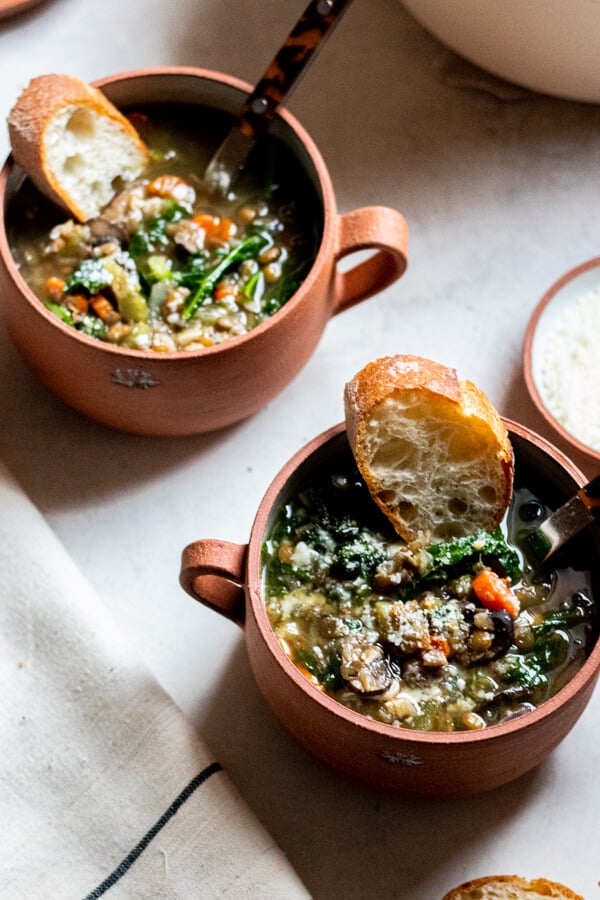
Why This Matters (Evidence)
Research shows that home cooking is directly linked to better health outcomes:
- Cooking at home is associated with a higher-quality nutrient intake, more balanced calorie intake, and a 14% lower risk of type 2 diabetes, cancer, and cardiometabolic disease (source).
- People who cook frequently at home consume fewer calories, less sugar, and less processed food than those who rely on take-out or restaurants (Wolfson & Bleich, Public Health Nutrition, 2015).
- And yet, we live in a moment where my generation has been coined the “Lost Generation” the “Cooking Illiterate”. With nearly 37% of U.S. adults eating fast food daily and many lacking even basic cooking skills.
That’s the gap culinary nutrition fills.
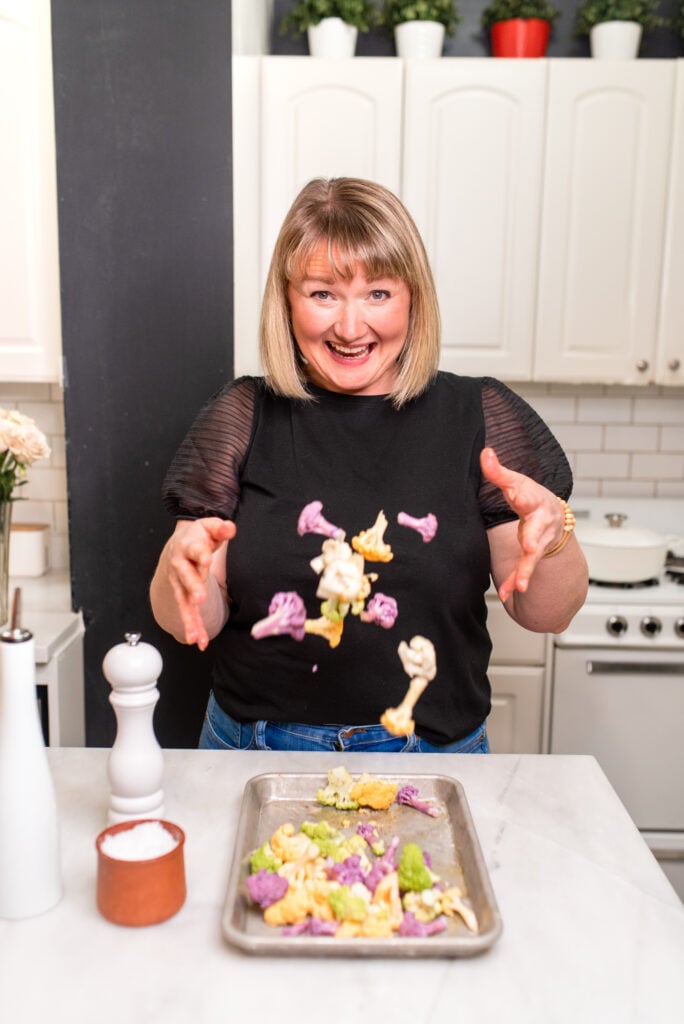
Food as Medicine Starts in the Kitchen
Cooking is the daily action step that makes nutrition real. You can know every fact about antioxidants or omega-3s, but until those foods land on your plate regularly, nothing changes.
Research shows that people who cook at home eat fewer calories, consume more fiber and vegetables, and have a lower risk of chronic disease. And yet, less than 40% of Americans cook dinner at home most nights, while nearly the same number rely on fast food daily. Yes, I’m repeating this stat on purpose—because it matters. We all know cooking is the answer, but let’s be honest…most of us still aren’t doing it.
That’s why I believe cooking is the most powerful health habit. It’s the consistent, practical act that lowers cholesterol, balances blood sugar, supports gut health, and strengthens the brain–gut connection—not in theory, but in practice.
👉 I’ve written a full deep dive on this topic here: Why Cooking Is the Most Powerful Health Habit.
Culinary Nutrition as Preventive Medicine
Food is one of the most powerful tools we have for preventing disease, but its true impact comes when we cook with it. Culinary nutrition isn’t about chasing a single superfood—it’s about building daily meals that work like medicine over time.
Cooking is where nutrients stop working in isolation and start working in synergy. Science can study individual compounds—yes, we know vitamin C is important. But eat vitamin C–rich foods alongside calcium-rich foods, and absorption improves. Pair those with other phytonutrients that interact with your unique biochemistry and genes, and the effects multiply in ways science hasn’t fully captured yet. What I can tell you, from years of clinical practice and the lived experience of my clients, is this: it changes your health.
- Chronic disease connection: Nearly 63% of deaths worldwide are caused by diet and lifestyle-related chronic conditions (World Health Organization). That means the way we eat—and cook—directly influences our long-term health.
- Evidence in the kitchen: Studies show higher fruit and vegetable intake lowers cholesterol, blood pressure, and cardiovascular risk, while diets rich in phytochemicals from whole foods reduce inflammation and protect against oxidative stress (Joshipura et al., JAMA, 1999).
- Home cooking advantage: Cooking at home regularly is linked to reduced risk of obesity, diabetes, and heart disease.
When we view the kitchen as a preventive medicine clinic, everyday foods—garlic, berries, cruciferous vegetables, fatty fish—become our most powerful therapies. Culinary nutrition gives us the skills and confidence to put that knowledge into action.
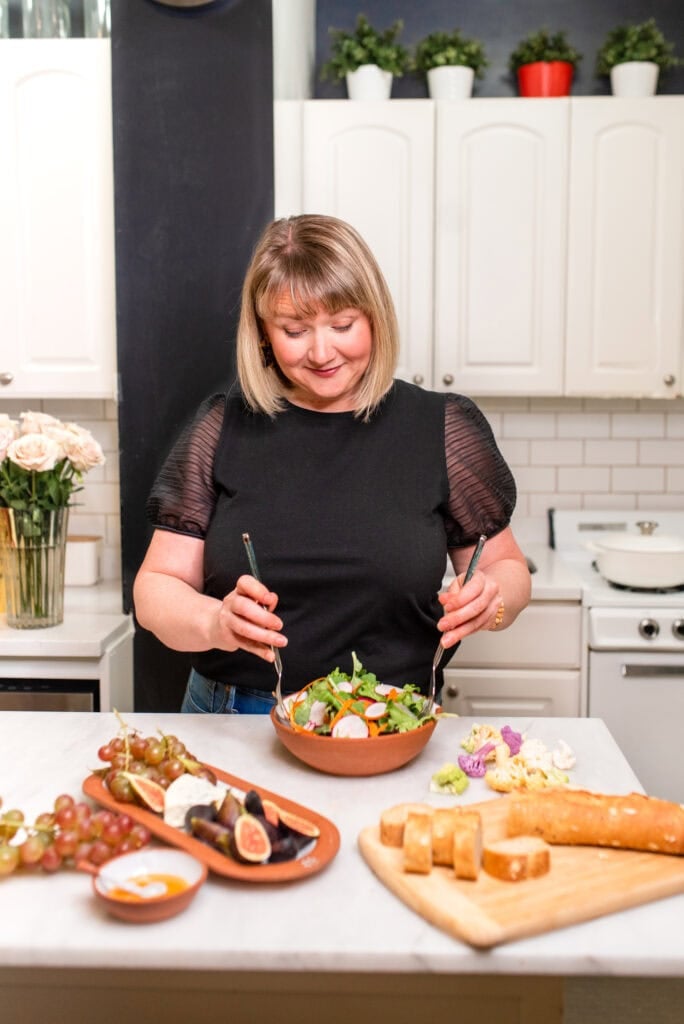
Bringing Nutrition to the Table
At its heart, culinary nutrition is about empowerment. It’s about moving beyond lists of “good” and “bad” foods and stepping into the kitchen with the skills, confidence, and joy to cook meals that truly support your health.
This isn’t about restriction or fear. It’s about abundance—adding more colors, flavors, and nourishing foods to your plate. It’s about creating a daily habit that protects your long-term health while also making life more delicious right now.
Culinary nutrition is where science meets the stove, where knowledge becomes action, and where true transformation begins.
If you’re ready to explore this in your own kitchen, start here:
- Try one of my nourishing seasonal recipes.
- Explore my cooking club for customizable meal plans, grocery lists, and live cook-alongs.
- Or simply commit to cooking one more meal at home this week—you may be surprised at the ripple effects.
Because when we bring nutrition to the table, we bring health, joy, and possibility to every part of our lives.
If you are looking for more personalized nutrition support, I will be accepting new clients in my private nutrition practice in December 2025. Book a discovery call here.

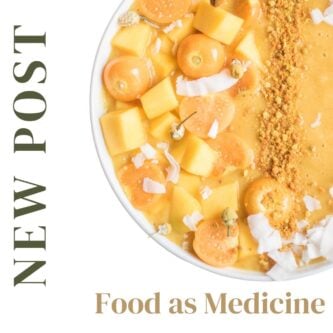

















Share Your Thoughts